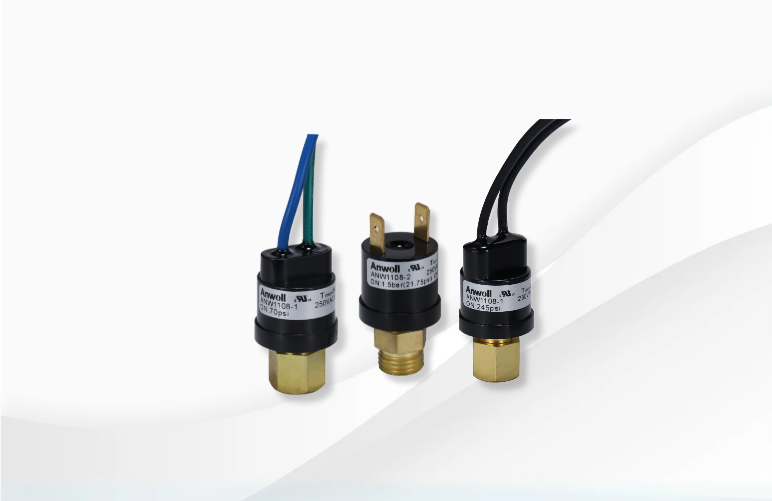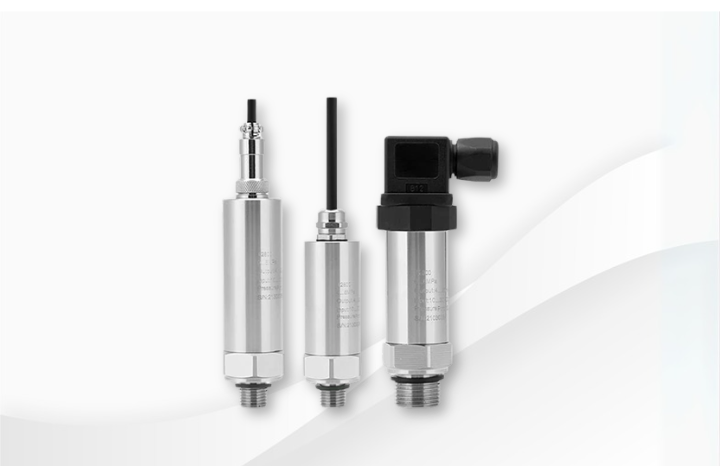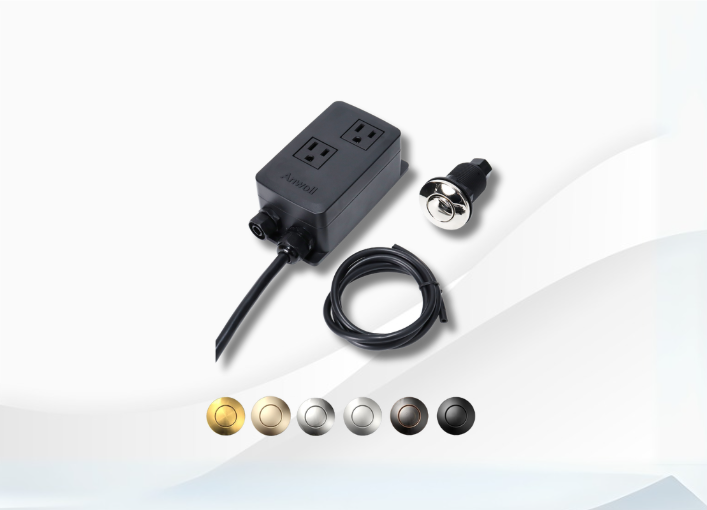Potential Issues and Solutions in Pressure Switch Installation and Operation

Opinion | Apr. 14th, 2025
David Carter
Pressure Product Line Manager
1. Mounting and Mechanical Installation Issues
Misalignment and Improper Orientation:
Issue: Incorrect physical mounting (i.e., not following the manufacturer’s recommended orientation or mounting height) can lead to excessive mechanical stress, vibration-induced errors, or misinterpretation of the sensed pressure.
Solution: Install the pressure switch in accordance with the installation guidelines—ensuring that it is oriented correctly and securely fastened using appropriate mounting hardware. Vibration isolation mounts and shock-absorbing materials may be employed to mitigate the effects of dynamic loads.
Environmental Contamination and Ingress:
Issue: Ingress of moisture, dust, or corrosive agents can impair sensor performance by affecting the diaphragm or electrical contacts.
Solution: Utilize environmental enclosures rated for the specific industrial environment (e.g., IP65 or higher) and apply conformal coatings to sensitive components. Periodic inspection and maintenance are also recommended to ensure the integrity of seals and gaskets.
2. Electrical and Wiring Issues
Wiring Misconfiguration and Poor Connection:
Issue: Incorrect wiring (e.g., reversed power and signal terminals or use of undersized cables) may result in erratic switching, errant output signals, or even equipment damage.
Solution: Verify that all wiring adheres to the manufacturer’s schematic and relevant standards (such as IEC or UL). Use shielded cables where applicable, ensure secure terminal connections, and consider employing diagnostic tools (multimeters, continuity testers) during installation.
Signal Interference and Electromagnetic Compatibility (EMC) Problems:
Issue: Electromagnetic interference (EMI) from adjacent high-power or inductive loads can distort the pressure switch’s output signal.
Solution: Implement proper cable separation and routing practices, use twisted pair or shielded wiring, and consider additional EMC filtering components to protect signal integrity.
3. Calibration and Sensor Drift Issues
Inaccurate Calibration and Sensor Drift:
Issue: Over time and under harsh operating conditions, the sensor’s output may drift from the calibrated baseline, leading to inaccurate pressure readings and premature triggering or failure to switch.
Solution: Perform routine calibration checks as recommended by the manufacturer. Periodic recalibration or sensor replacement is essential to ensure continued accuracy. Integrating self-diagnostic features and remote monitoring can alert maintenance personnel to calibration anomalies.
Hysteresis and Response Time Errors:
Issue: Variability in switching hysteresis (the differential between the activation and release points) or slow response time can impair process control, especially in dynamic systems with rapidly changing pressures.
Solution: Choose a pressure switch with documented response characteristics that match the application’s requirements. Adjust the hysteresis settings if the unit provides configurable parameters and verify that the response time meets the system’s dynamic needs.
4. Environmental and Operational Extremes
Temperature and Humidity Effects:
Issue: Extreme ambient temperatures or rapid temperature fluctuations can affect the material properties of the sensing element and electronic circuitry, leading to measurement inaccuracies or failure.
Solution: Select pressure switches that are rated for the operating temperature range of the application. Incorporate temperature compensation circuits if necessary and install the device in a controlled environment when possible.
Vibration and Shock:
Issue: High levels of mechanical vibration or shock (common in industrial settings) can cause wear or even transient misoperation of the pressure switch contacts.
Solution: Secure the switch using robust mounting techniques and vibration-dampening accessories. Regularly inspect for signs of mechanical fatigue or degradation in the electrical contacts.
Anwoll pressure switch
Anwoll is a leading developer of pressure measurement and applications, with a mature series of pressure switches suitable for daily and cutting-edge applications.
If you would like to learn more about our pressure switches, please contact us directly.





